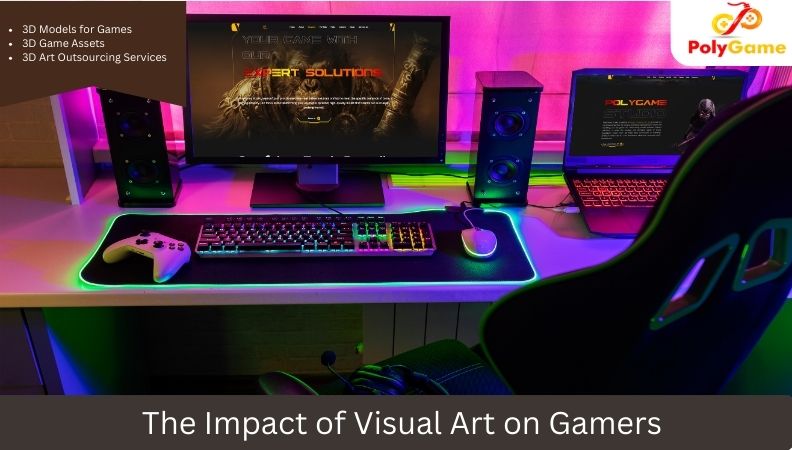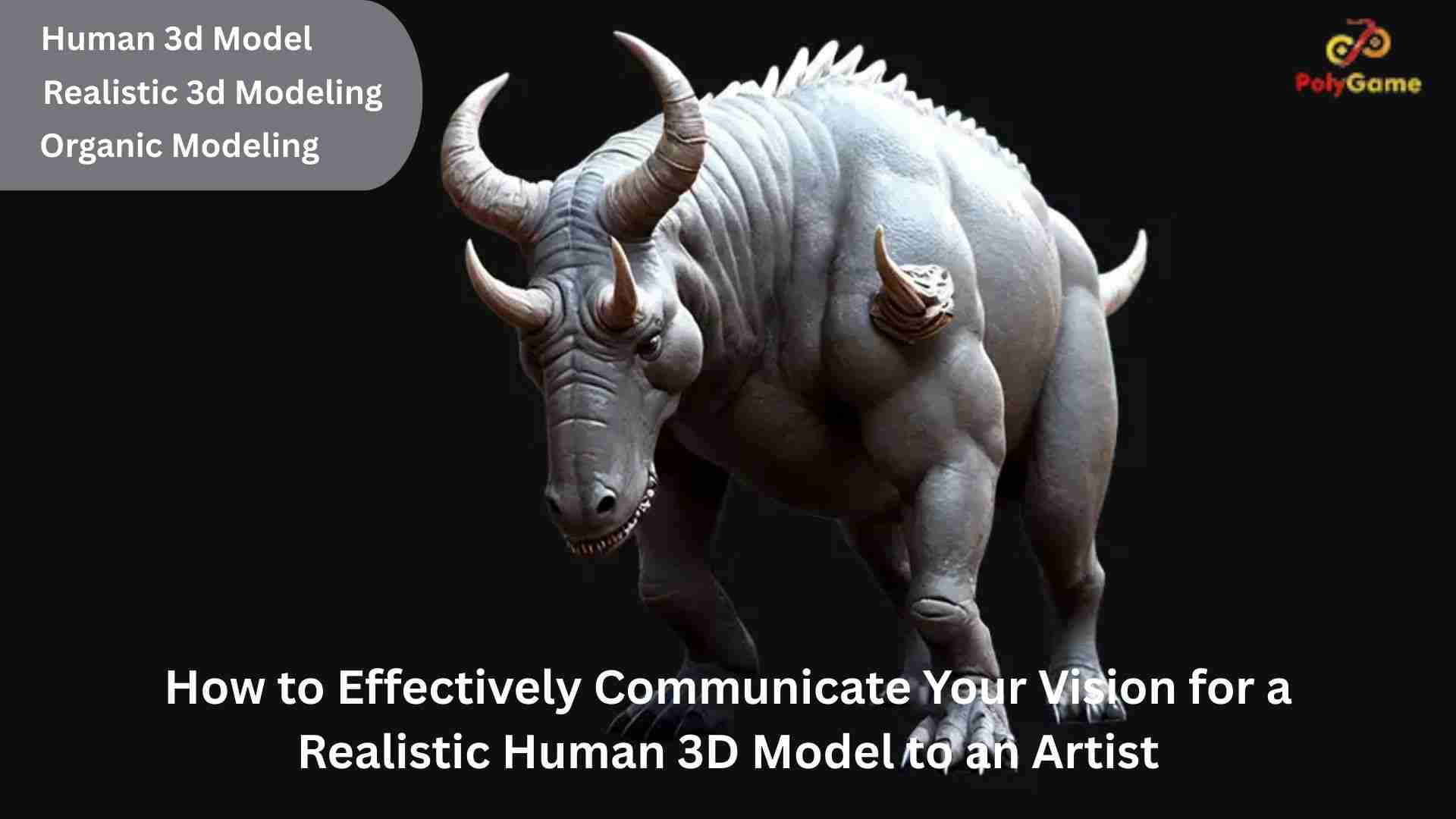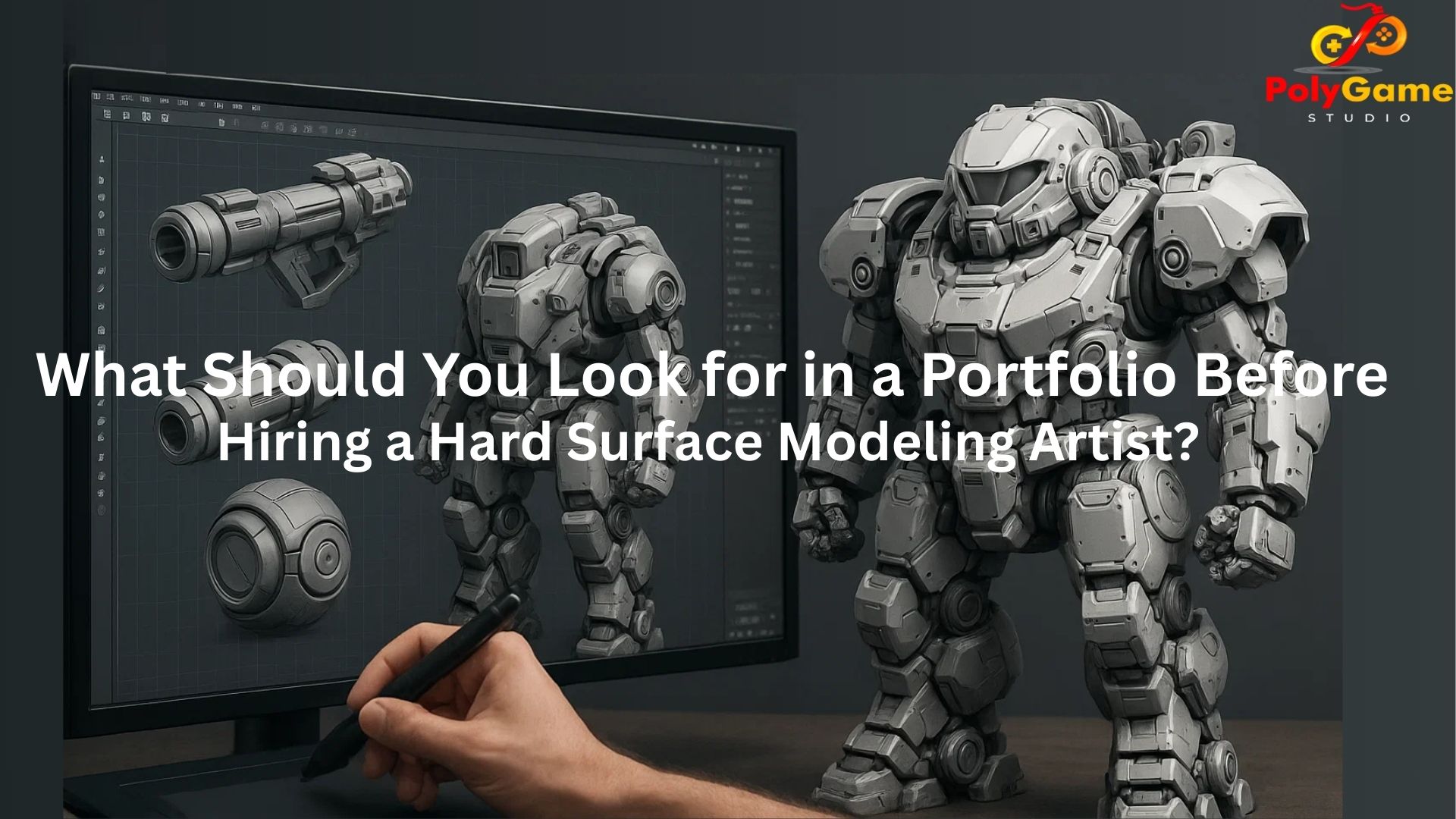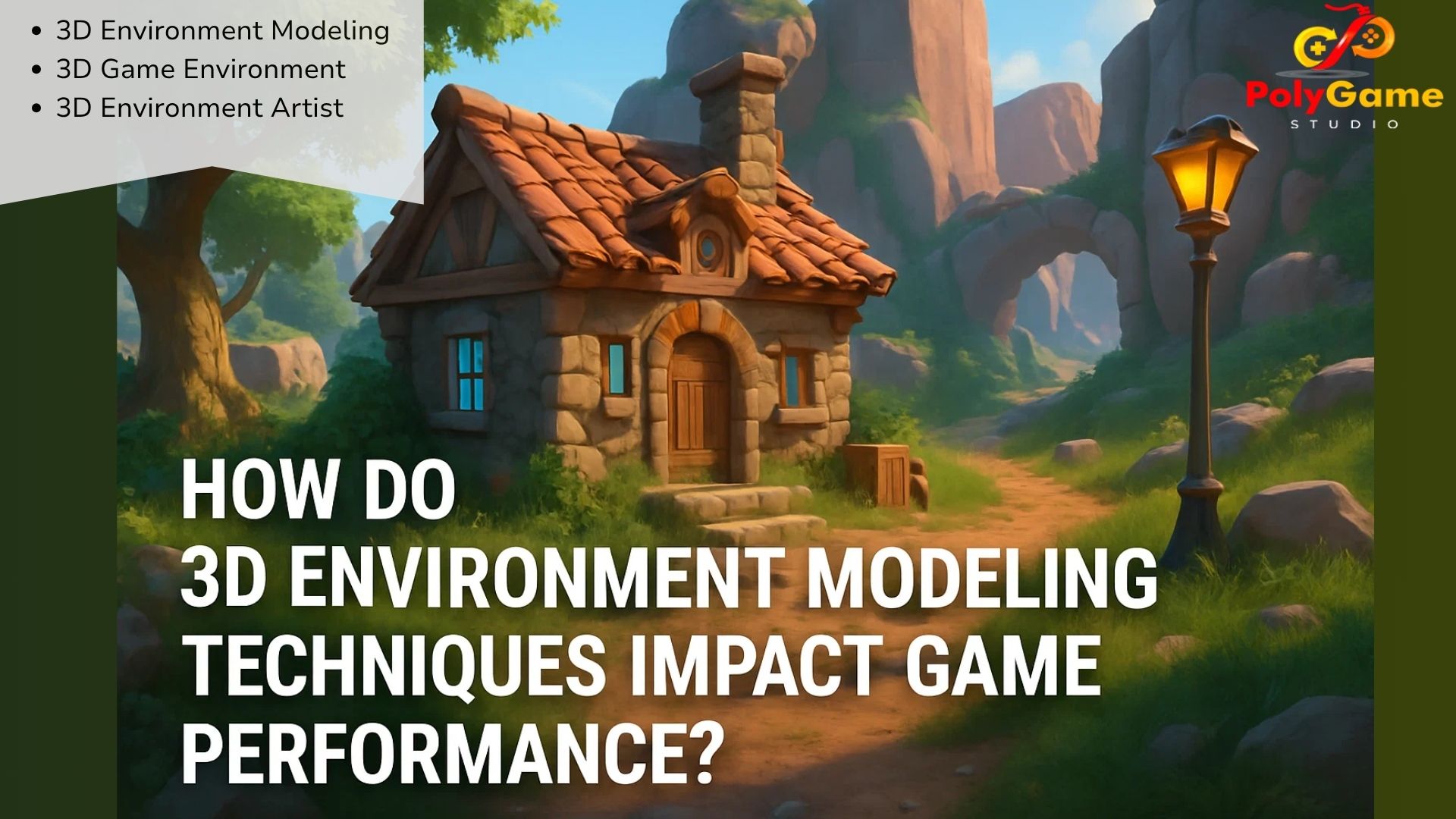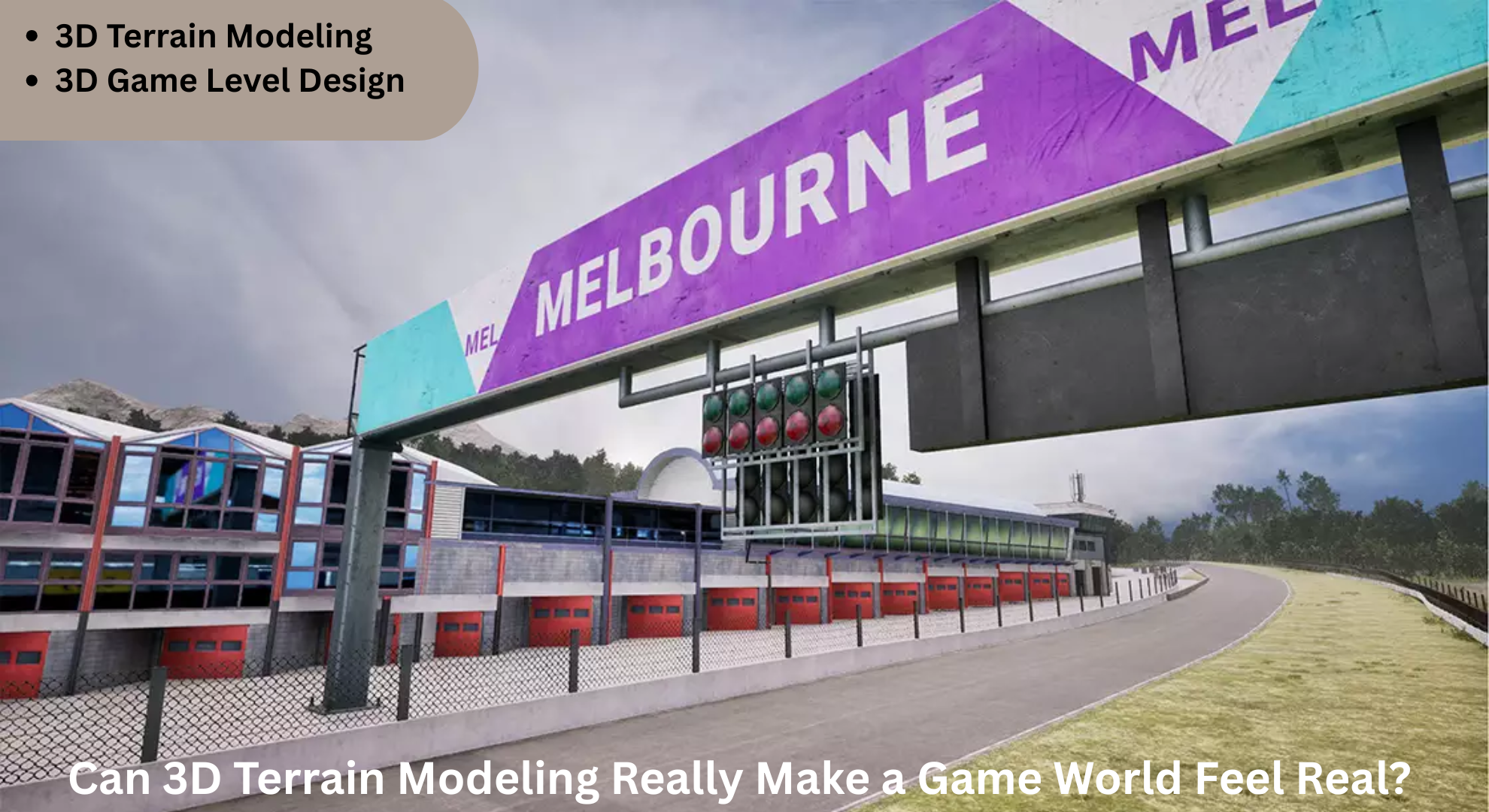PolyGame Studio, a leading 3D art outsourcing services specializing in 3D Game Assets and 3D Models for Games
From the earliest pixelated adventures to today’s hyper-realistic experiences, the visual elements of games have a profound impact on the gaming experience. For PolyGame Studio, a leading 3D art outsourcing services specializing in 3D Game Assets and 3D Models for Games, understanding this impact is crucial for creating captivating and immersive gaming worlds.
The Evolution of Game Art
Game art has evolved dramatically over the decades. Early video games relied on simple graphics due to hardware limitations, but even then, visual appeal was a significant factor in a game’s success. As technology advanced, so did the capabilities of game art, leading to the rich, detailed environments and characters we see today.
Modern games are not just about gameplay mechanics; they are immersive experiences that transport players to different worlds. This is where visual art plays a critical role. It is the first thing players notice, and it sets the tone for the entire experience. High-quality visual art can make a game more engaging, emotionally impactful, and memorable.
The Role of 3D Art Outsourcing Services
For game developers, creating high-quality visual art is a complex and resource-intensive process. This is where 3D art outsourcing services like PolyGame Studio become invaluable. By providing expert services in creating 3D Game Assets and 3D Models for Games, these studios enable developers to focus on core gameplay mechanics and narrative while ensuring the visual elements are top-notch.
Outsourcing game art allows for the pooling of talents from various artists who specialize in different aspects of visual design. This collaborative approach ensures that every element of the game, from character models to environments, is crafted to perfection. Additionally, it provides flexibility in managing production timelines and budgets, which is crucial in the fast-paced gaming industry.
The Power of 3D Game Assets
3D Game Assets are the building blocks of modern video games. They include everything from character models to intricate environmental details. High-quality 3D assets enhance the realism of a game, making the virtual world feel more tangible and believable. Players are more likely to become immersed in a game that looks and feels realistic.
Moreover, the use of 3D Game Assets allows for dynamic interactions within the game world. Characters can move more fluidly, objects can be manipulated in more complex ways, and environments can change in response to player actions. This level of interactivity is what sets modern games apart and makes them more engaging.
The Flexibility of 3D Models for Games
3D Models for Games offer a unique advantage in game development. These assets are designed to be reusable and adaptable, allowing developers to create expansive and varied environments without the need to design each element from scratch. By using modular assets, developers can quickly and efficiently build detailed game worlds, saving time and resources.
For players, modular assets translate to a more dynamic and diverse gaming experience. Environments built with modular assets can feel more alive and varied, reducing the risk of repetition and increasing the sense of exploration and discovery. This adaptability is especially important in open-world games, where the sense of a living, breathing world is crucial to player immersion.
Visual Art and Player Psychology
Visual art in games does more than just create beautiful worlds; it also impacts player psychology. The art style, color palette, and visual themes of a game can evoke specific emotions and moods. For instance, a game with dark, moody visuals may create a sense of tension and suspense, while a game with bright, colorful art can evoke feelings of joy and excitement.
Moreover, well-designed visual art can enhance storytelling. Characters with detailed and expressive designs can convey emotions and personality traits, making them more relatable and memorable. Environments with rich visual detail can tell stories on their own, providing context and depth to the game’s narrative.
The Future of Game Art
As technology continues to evolve, so will the capabilities of game art. Advances in graphics technology, such as ray tracing and real-time rendering, are pushing the boundaries of what is possible. For 3D art outsourcing services like PolyGame Studio, staying at the forefront of these advancements is essential. By continually innovating and adapting, these studios can ensure that they provide the highest quality visual art that meets the ever-growing expectations of gamers.
Conclusion
The impact of visual art on gamers is profound. It enhances the immersive experience, affects player psychology, and plays a crucial role in storytelling. For game developers, partnering with a 3D art outsourcing services that specializes in 3D Game Assets and 3D Models for Games is a strategic move that can elevate the quality of their games. As the gaming industry continues to grow and evolve, the importance of visual art will only increase, making it a key element in the success of any game.



